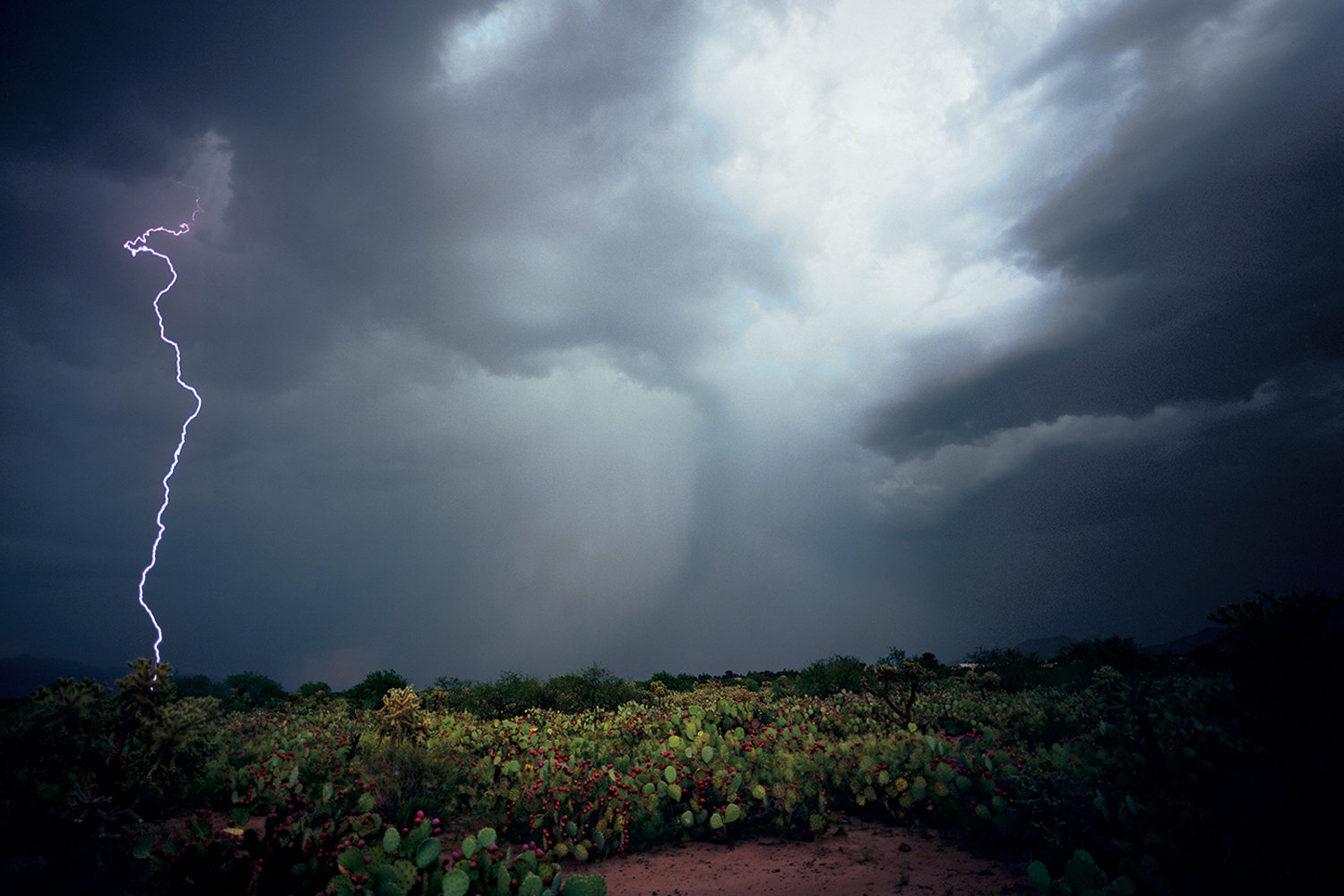As humans, we have a finite amount of RAM in our brains at our disposal at any given moment to observe and analyze the world around us. It’s difficult for us to take what we see day-to-day and compile it all together to analyze the various trends at play over a longer period of time. We all can easily observe that, recently, there have been a lot of ups-and-downs in the weather that are unusual and uncharacteristic for summers in Central Pennsylvania: the week of July 7th – July 13th saw an average high temperature of about 87⁰F in Carlisle, while the week immediately following it (July 14th – July 20th) was 79⁰F, nearly ten degrees cooler. This sort of drastic change in temperature seems to be becoming the norm more than the exception.
It’s harder for us, however, to place those observations against the perspective of the trends going on at a higher plane, in the climate rather than in the weather. “Rising sea levels, warmer global temperatures, increasing ocean temperatures, and shrinking ice sheets seem like a distant reality, one that surely doesn’t affect me directly.” However, climate and weather are undeniably and inseparably intertwined; a changing climate will have severe repercussions on the weather we experience on the ground in our own lives, from more extreme summers and winters to increased flooding and longer, more frequent droughts around the world, as expressed in The Discovery of Global Warming by Spencer R. Weart.
Putting variations in the climate over hundreds, thousands, and even millions of years in harmony with the weather variability we see on a day-to-day basis is a tall order. To do so, a systems-centric perspective is required in order to connect the dots between our personal experiences and what’s working above them, and how long-term changes in the climate trickle down to affect short-term weather patterns. Just as a drop in a body of water ripples throughout the whole body, so does a change in a process within a system affect the system as a whole and how it operates. Our climate is a system of weather patterns, and a change in it will have far-reaching effects on these weather patterns in turn. Our humanness doesn’t make this perspective readily accessible, but that doesn’t mean that it’s completely out of reach. It is essential, however, for us to think more holistically towards the relationship between weather and climate variability in order to see the system as a whole, and to fully understand the different mechanisms and processes at work within it.
All weather data from Weather Underground (www.wunderground.com).


